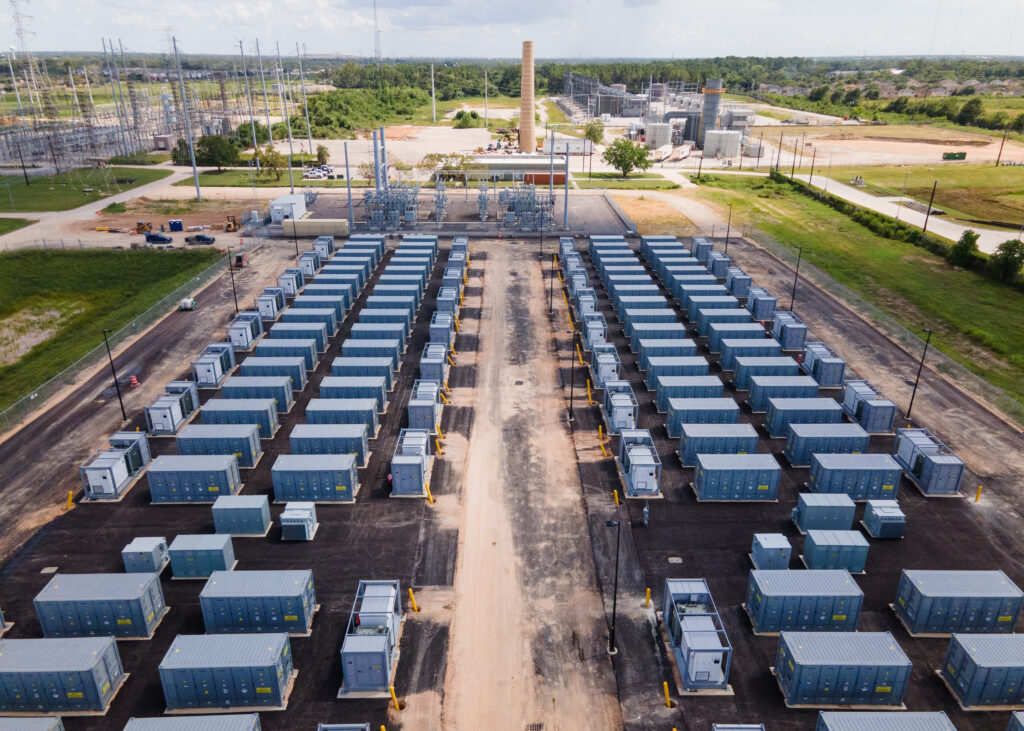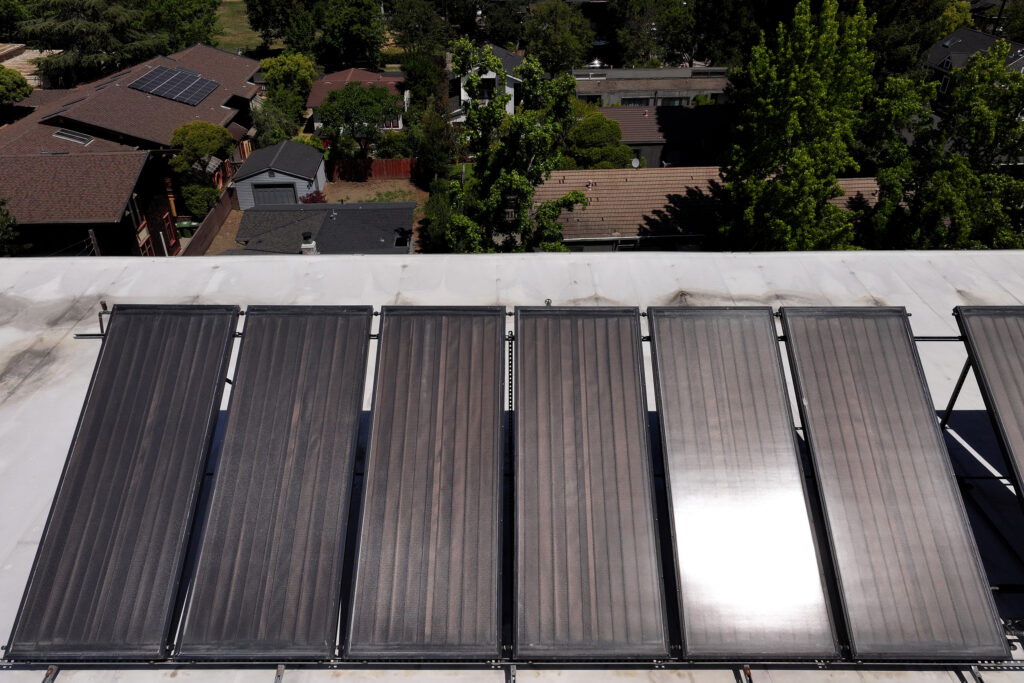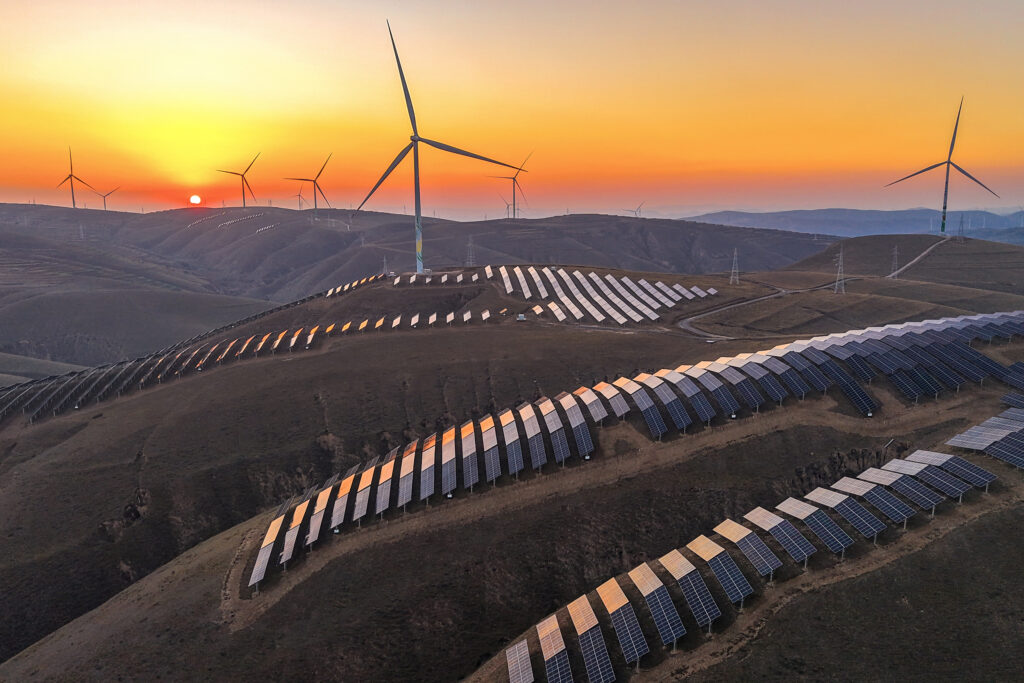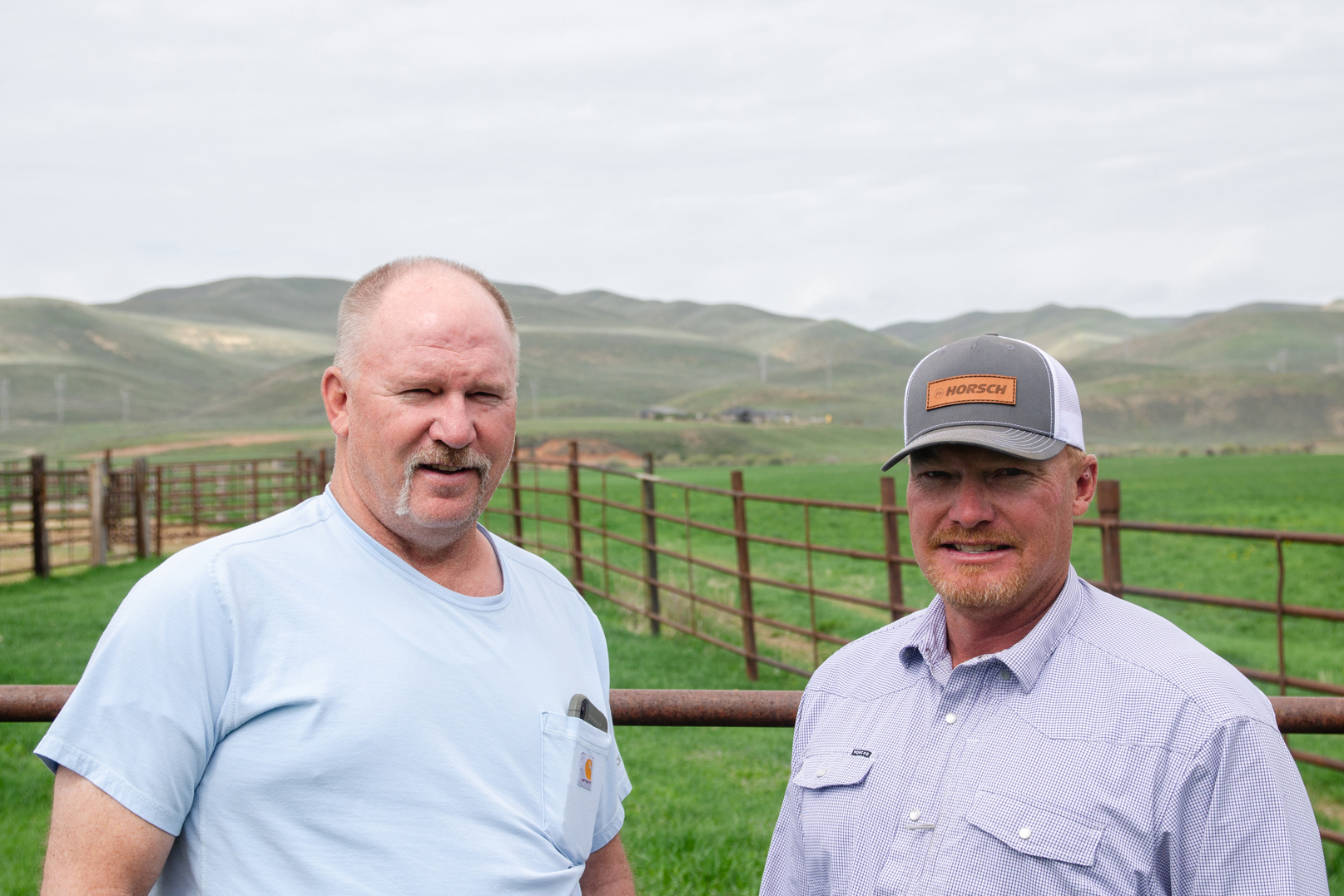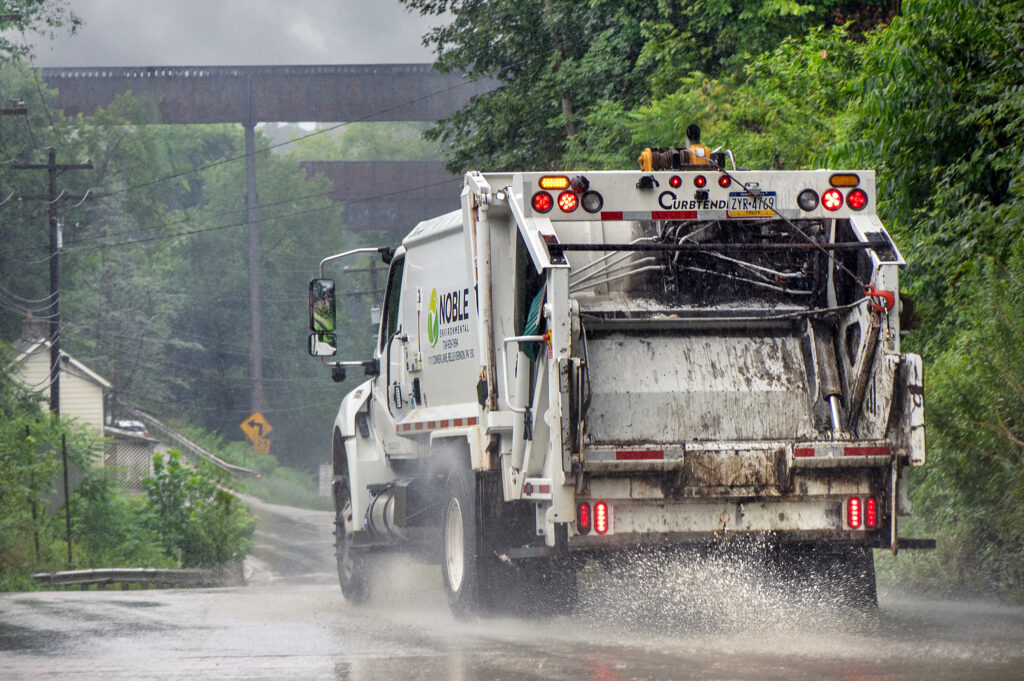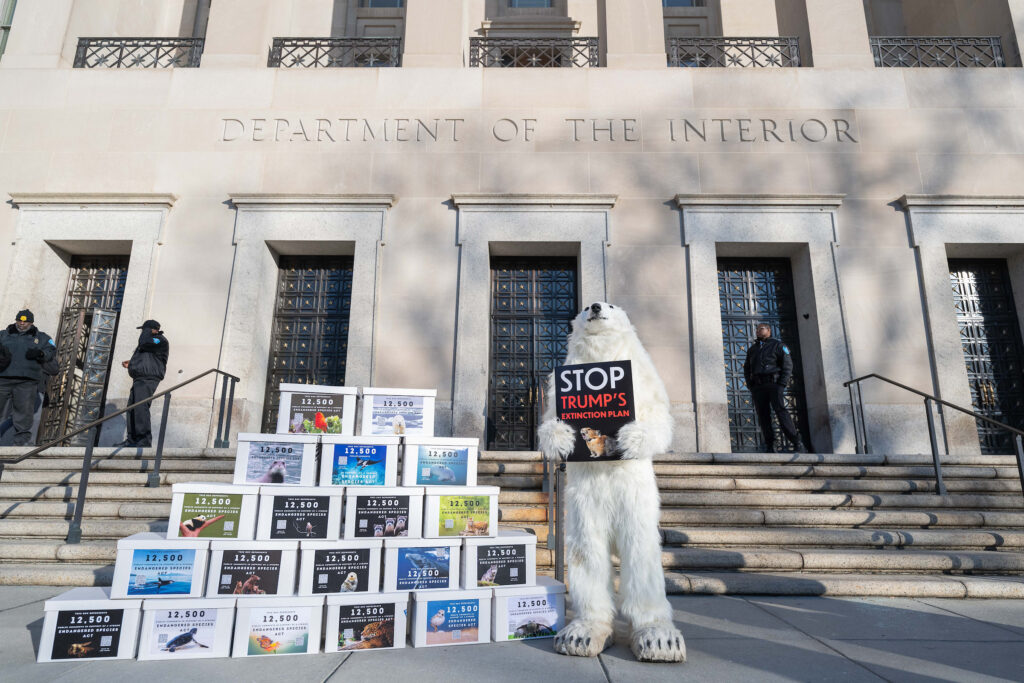EV shoppers woke up on Monday to a market in which fewer vehicles than before qualify for the U.S. government’s $7,500 federal tax credit.
The eligibility rules mean that just 19 models can receive the credit when purchased as new, down from 43 last year. The Nissan Leaf, Tesla Cybertruck and Volkswagen ID.4 are among those that no longer qualify.
The federal government published the new list of eligible EVs over the weekend, based on the latest guidance from the Treasury Department under the Inflation Reduction Act.
Another change this year is that auto dealers can claim the credit for customers at the point of sale, as opposed to having customers wait until they file their taxes.
If you’re confused by the rules, you’re not alone. They reflect the government’s desire to encourage automakers to build EVs in this country and to use battery components sourced from this country or its allies. Eligibility has been a moving target as the government issues additional rules and automakers make changes to respond to the rules.
“It’s very convoluted and complicated,” said Brett Cubellis, an accountant in the Columbus, Ohio office of Schneider Downs who leads the office’s auto industry practice. “We are spending a lot of time assisting automotive dealerships to help them understand what credit applies to each transaction.”

The government summarizes the eligibility rules and lists the qualifying models at FuelEconomy.gov. Here is a roundup of the vehicles:
- The Ford F-150 Lightning has qualified for the full $7,500 credit for standard and long-range versions. The Ford Escape plug-in hybrid is eligible for a partial credit of $3,750 because it doesn’t meet all requirements. Ford had no comment about eligibility for future models.
- General Motors has just two models eligible for the credit for new vehicles, the Bolt EV and the Bolt EUV, both of which the company has stopped producing but are still available on some dealer lots. A GM spokeswoman said the company expects that the Cadillac LYRIQ and Chevrolet Blazer EV will become eligible for the credit sometime soon, following some changes to the sourcing of several parts. GM also expects that upcoming models, like the Chevrolet Equinox EV, will be eligible.
- Hyundai and Kia, two South Korean brands that are aggressively competing in the EV market, don’t have any models that qualify for tax credits, which is unchanged from before.
- The Nissan Leaf stopped being eligible for tax credits in 2024 with the latest federal guidance. No Nissan vehicles qualified for credits.
- Rivian, the U.S.-based maker of electric trucks, qualifies for credits of $3,750 for its R1T and R1S, which is unchanged from 2023.
- The only model from Stellantis to qualify for the $7,500 credit is the Chrysler Pacifica plug-in hybrid. The plug-in hybrid versions of the Jeep Grand Cherokee and Jeep Wrangler qualify for credits of $3,750.
- While Tesla lost eligibility for some versions of the Model 3, shoppers can still choose the Model 3 Performance, the Model X and Model Y and receive the full credit. The Model Y was, by a long stretch, the top-selling EV in the country last year. Tesla got rid of its media relations department a few years ago, so I didn’t ask them about other models, like Cybertruck, which is not eligible for credits right now, but may become eligible.
- Volkswagen’s ID.4 was eligible for the full credit last year but now is ineligible based on the latest federal guidance. However, this may not last for long. A Volkswagen spokesman said the company is finalizing the paperwork to show eligibility for the credit, and is optimistic the 2023 and 2024 ID.4 will soon be added to the list of qualifying models.
Customers can also get a $4,000 credit for used EVs, and some automakers are leasing new EVs at prices that include a $7,500 credit.
The credit for leased vehicles is “like a backdoor way for a consumer to get the credit,” Cubellis said. The entity receiving the credit is often the financing company that owns the vehicle, and the company can get a credit without restrictions on where the vehicle is made or the sources of battery materials. Many of the companies pass the credit on to consumers.
This broader eligibility means that automakers unable to qualify for credits for selling new vehicles can shift their focus to leasing. But even this comes with a lot of fine print, as shown in the government’s explanation of the credit.
Auto dealers can verify which of their vehicles qualify, and can advise customers about other requirements. For example, the credit is not available for customers that claim adjusted gross income of $300,000 or more for married couples and $150,000 or more for individuals. And, the credit is limited to cars with prices of $55,000 or less and trucks, vans or SUVs with prices of $80,000 or less.
Something I heard over and over again this week from experts is that the rules are frustrating and counterproductive.
“If the U.S. government wants to stimulate EV adoption, the last thing they should be doing is putting up all these hoops to jump through,” said Pavel Molchanov, an analyst for Raymond James. “But unfortunately that’s what they did with all these regulations.”
I agree with him, up to a point. But I also think that the IRA looks much more successful when viewed as a jobs program and industrial policy, rather than an attempt to increase EV market share. Manufacturers have announced more than $100 billion for U.S.-based projects, and about half of that is for battery plants and other investments in clean transportation.
Still, as a car buyer, it would be nice if the tax credit was simple enough to summarize in a sentence or two—and that’s not what we’ve got.
Other stories about the energy transition to take note of this week:
China’s BYD Overtakes Tesla for Global EV Sales Lead in Fourth Quarter: BYD became the global leader in electric vehicle sales in the fourth quarter, delivering 525,409 EVs, more than the 484,507 deliveries by Tesla, the previous leader. Both companies had substantial sales growth for the quarter, but China-based BYD’s growth was larger, helped by a leading role in China’s market, as Laura He and Chris Isidore report for CNN. BYD’s rise is happening as China solidifies its status as a leader in EV production and consumer adoption. If you’re asking why Tesla has lost its lead, Craig Trudell of Bloomberg has a good answer in a column criticizing Tesla CEO Elon Musk for being slow to develop a $25,000 car. Instead of fast-tracking a budget model, the company devoted a lot of resources to the still-unfulfilled goal of building a “robotaxi” that could drive itself.
Equinor, BP Cancel Contract to Sell Offshore Wind Power to New York: Equinor and BP have terminated their agreement to sell power to New York state from the proposed Empire Wind 2 offshore wind farm, marking the latest in a series of U.S. offshore wind projects that have run into trouble because of rising costs. It’s not clear what will happen next with the 1,260-megawatt project, as Deep Vakil and Scott DiSavino report for Reuters. The companies could seek a new contract with New York at higher prices. The decision by Equinor and BP was not a surprise after they said in June that they could not move forward with the existing contract.
Worldwide Solar Power Growth Rate Set to Slow in 2024: Global solar power capacity will continue to climb in the next few years, but the rate of growth will slow compared to recent years, according to the research firm Wood Mackenzie. Solar power is following a typical growth rate of a rapidly rising industry, with rapid growth during an early phase which is followed by a more modest growth rate as the market matures, as Livia Neves reports for PV Magazine.
Idaho Approves Reduction in Rooftop Solar Benefits: The Idaho Public Utilities Commission has approved a proposal from the utility Idaho Power that reduces the financial benefits of owning rooftop solar. The commission said in a news release that it “recognized that the fundamental purpose of on-site generation is to offset a customer’s own usage, that on-site generation should not create cost shifting between generators and non-generators.” Rachel Cohen of Boise State Public Radio reported on the case in September. The decision was in spite of opposition from the solar industry and environmental advocates. The changes will reduce the rate that solar owners receive for excess electricity that they send to the grid. Idaho Power is one of many utilities that have sought to reduce the benefits of solar in an ongoing policy conflict, with California serving as the most prominent example.
Looking Back on 2023 in Climate and Clean Energy News: The staff of Inside Climate News put together a review of what happened last year in climate and clean energy. “This year was the year of tipping points, both positive and negative,” said Katharine Hayhoe, an atmospheric scientist at Texas Tech. This story is a look back that also provides a foundation to help understand some of the major issues heading into 2024.
Inside Clean Energy is ICN’s weekly bulletin of news and analysis about the energy transition. Send news tips and questions to [email protected].





